What Muscles Do Squats Work? (Lifting Coach Explains)
The squat is the ultimate leg exercise, and when it is performed as intended, it can aid in various aspects of your muscle development and workout goals. By performing the perfect squat, you enable your body to burn more calories, while strengthening the leg and core muscles.
Essentially, this leads to better posture and balance. But knowing what muscles do squats work will significantly aid your workout setup.
The squat is a dynamic exercise; it triggers several muscles to work during the movement. Muscles used in squats include the glutes, quadriceps, and core muscles, but the muscles involved in a squat can vary depending on the variation.
Today, we will explore the muscles required to perform the perfect squat and look at a few variations you can add to your workout routine to maximize results in the gym.
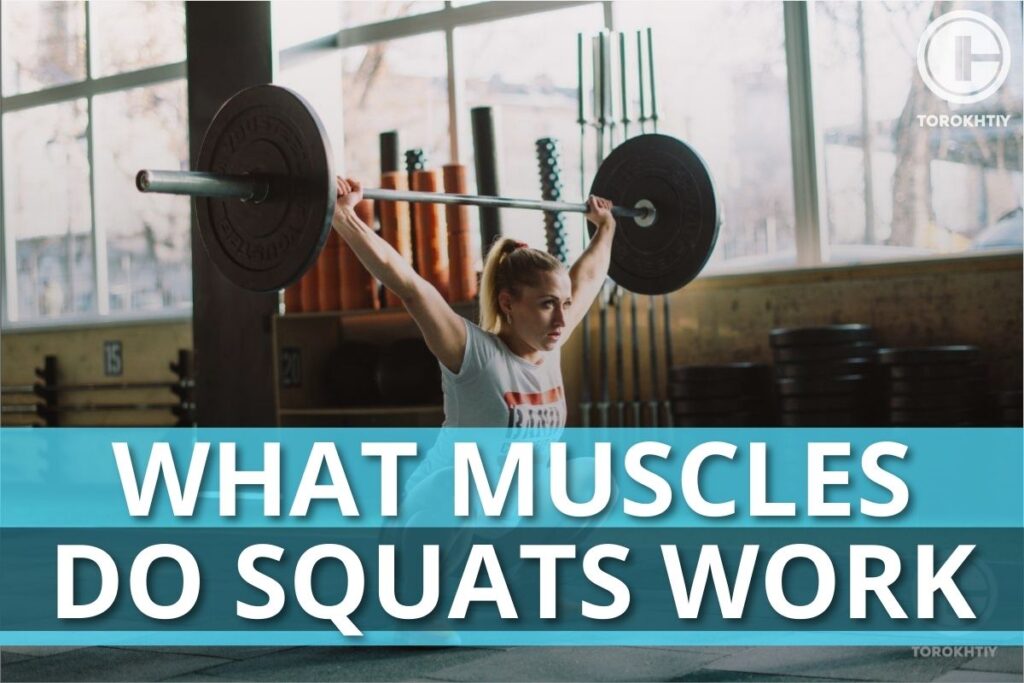
What Muscles Are Involved While Squatting?
The most accepted theory among trainers and fitness experts is that the squat targets the buttocks and quadriceps muscles. However, a deeper look reveals that numerous other muscles in the legs, core, and lower back are affected by the squat movement. Here’s which muscles the squat triggers, directly or indirectly:
1. Primary Muscles
The muscles you will often feel the most when performing squats are the primary muscles. Whenever you choose to do the squat, these muscles are your goal to train and strengthen.
First, you will be targeting the buttocks muscles, consisting of the Gluteus Maximus, Minimus, and Medius. The Gluteus Maximus is also the largest muscle in the body and will activate during the downward and upward motion of the squat.
However, the second muscle group is often more synonymous with the squat, especially among beginners looking to build large legs. The quadriceps is the muscle we are referring to, but being made up of four muscles, the quadriceps is also an interesting muscle to explore.
It comprises four muscles, including the vastus lateralis, vastus intermedius, and vastus medialis – all muscles that connect various parts of your upper body to that of your lower body. The rectus femoris is also part of the quadricep, but its work in the movement is limited if compared to the others.
Now, training these muscles individually can be daunting, but thanks to the squat, it is easy to target them in a single exercise.
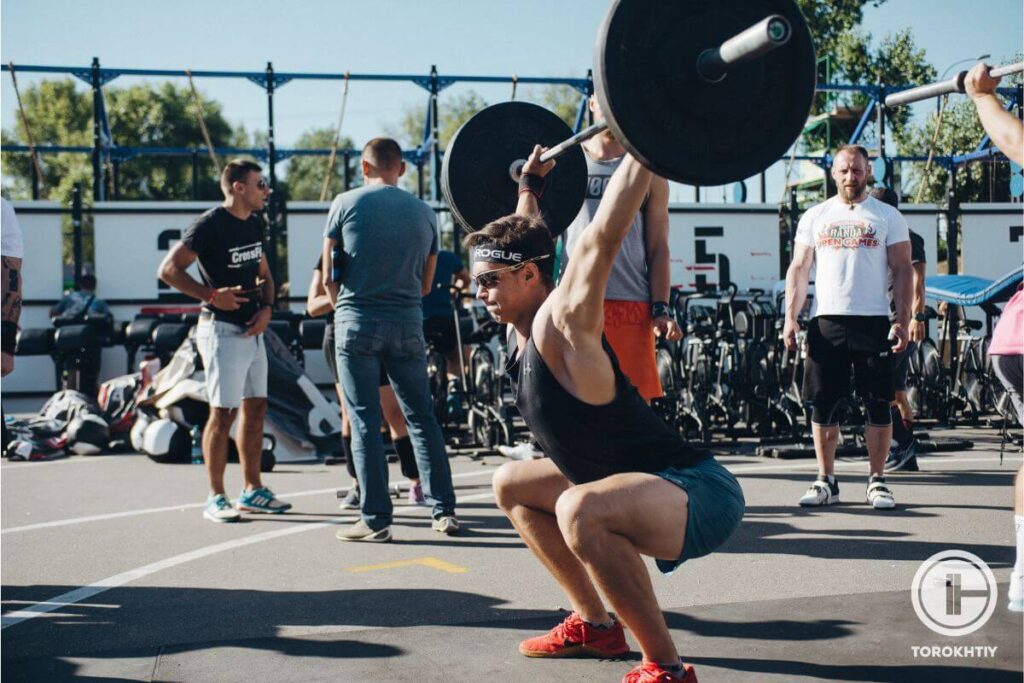
2. Secondary Muscles
What makes the squat such a unique exercise is the fact that it not only targets primary muscles but also a variety of secondary muscles. The secondary muscles are also a large part of your legs and will see slight improvements if you perform the squat often and you exhibit the correct form.
While the Gluteus Maximus is the primary muscle targeted in the buttocks for those performing the squat, the Gluteus Minimus and Medius serve a secondary or supplementary purpose for helping you lift the weight when in the squat position.
Adding to the muscles, you will target the hamstring, hip flexors, and calve muscles. These muscles are mostly activated as stabilizers, which are vital if you want to maintain proper form and get the maximum benefit from your squat workout.
The core muscles serve a purpose in virtually every workout you do in the gym. It is essential that you contract your core for more stabilization and refrain from using your lower back when performing a squat.
3. Supporting Muscles
Now that you understand the primary and secondary muscles, it is worth noting that the squat is such a versatile exercise that it requires numerous supporting muscles. These supporting muscles serve as stabilizers, and while they enable you to perform the squat with proper form, they will activate.
The core muscles, which serve a purpose in virtually every workout you do in the gym are perhaps the most notable supporting muscle used in performing the squat. It is essential that you contract your core for more stabilization and refrain from using your lower back when performing a squat.
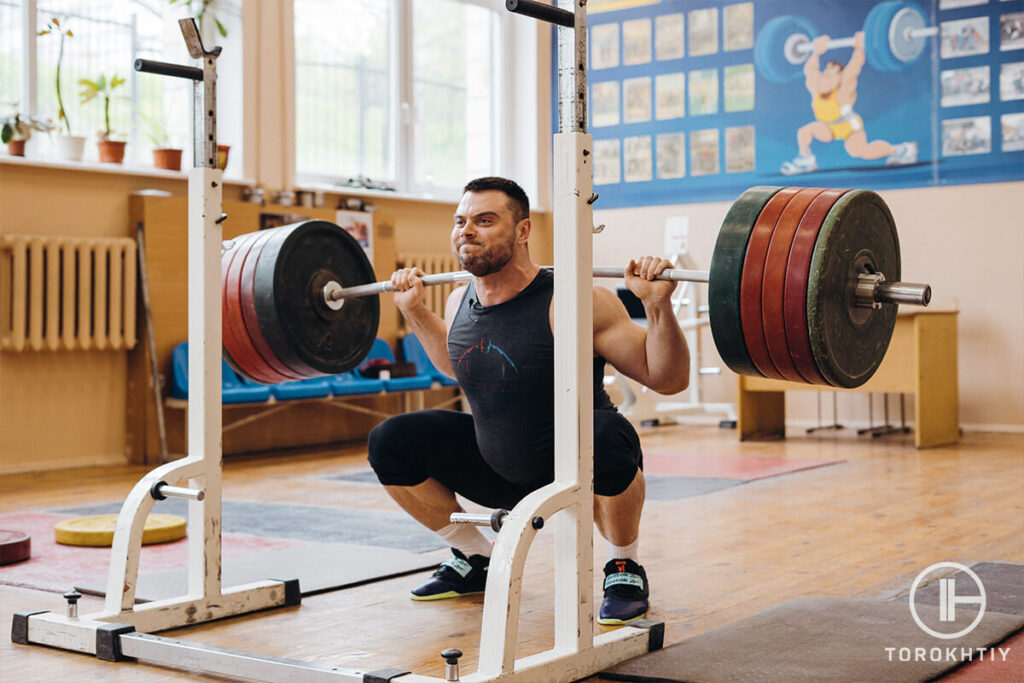
Adding to the supporting cast of muscles used for the squat, the inner and outer thigh muscles. More commonly, these are referred to as abductor and adductor muscles and can be trained separately with various exercises.
When performing the squat, these muscles will contract to keep you balanced and ensure that the legs don’t buckle beneath you. However, they will also be trained in the process, which ensures that each time you squat, the movement becomes easier and more efficient. You should essentially be able to increase the weight or repetitions.
8 Squat Variations You Should Try
With an understanding of the basic squat, you should note that there are numerous variations often recommended by experts and personal trainers. These variations shift the focus around the legs and buttocks, targeting specific parts of these muscles if they are weaker.
By performing some of these variations, you will strengthen the targeted muscles, which should aid you in performing the perfect squat.
1. Bodyweight Squats
The bodyweight squat is the most common version of the squat that is recommended to beginners. It uses the same fundamentals as the squat, but you don’t have the overloading of weight, which could be daunting for many beginners.
When performing the bodyweight squat, you are targeting the same muscles as you would with a weighted squat. The motion remains the same as weighted squats.
2. Back Squats
The back squats are the most popular version of the squat and involve keeping the tension more to the back of your body. The back squat is also referred to as the normal squat when you talk to some of the regulars in the gym. In the previous section, we answered the question of what do back squats work in full detail.
Once you master the back squat and you want to add more variation to your workout, the following variations are great to consider.
3. Front Squat
The front squat is one of the most popular variations for those who have graduated successfully from the back squat. It adds a different variation to your workout. Instead of being placed on the back of the shoulders like your traditional squat, it is nestled beneath the chin and around the collarbone.
When performing the front squat, you will notice the effect of gravity pulling you forward. In combating this, the upper back muscles are activated as a way of providing stability for the movement. However, it primarily targets the quadriceps muscles due to the slight lean forward.
Additionally, both the front and back squats will put pressure on your core muscles, but for many people, the front squat will add a little more strain and is considered the harder of the two to perform.
Many trainers and experts would recommend a combination of both if you are capable of performing them for a more balanced overall workout and muscle growth.
4. Overhead Squats
Much like the back squat, the overhead squat is famous for targeting the entire body. Due to the setup and stance, it targets even more muscles than the traditional squat but will be performed with a much lower weight than the back squat.
To perform the overhead squat, you’ll start in the squat position, but instead of the bar being on the shoulders or under the chin, it is held with extended arms above the head. Thanks to this setup, additional muscles like the shoulders and the arms are also slightly targeted.
However, the squat primarily focuses on the quad muscles, glutes, hamstrings, and core. Due to the imbalance the workout can create, it often requires assistance from the upper back to create some stability. This will combine with the core muscles to give you proper form.
Overall, the muscles used in squats will be amplified when done in the overhead squat variation.
5. Box Squats
Box squats are considered a compound exercise, which uses not only the traditional barbell for the movement but also includes a plyometric box for assistance. The movement is performed with a wide stance, while the barbell rests on the upper back muscles.
Much like the traditional squat, you will lower your body, while maintaining a straight back, until your buttocks touch the plyometric box. Once it touches, you will return to the standing position.
By performing this exercise correctly, you will target the glutes, hamstrings, and core muscles. Essentially, it targets the same muscles targeted by squats. This is a common theme with squat target muscles, and variations only shift the focus slightly.
6. Wide Squats
If you have been wondering do squats work quads, the wide squat is one of the perfect variations to implement in your workout routine. A common misconception is that a narrower stance squat is more knee-dominant, while a wider stance will be hip-dominant. However, this is not backed up by any studies as of this writing.
The wide squat essentially recruits the quadriceps muscles to a greater extent, while placing strain on the hip flexors as a supplementary muscle for performing the exercise. To perform the wide squat, you will start with your feet wide apart or around 1.5 to 2 times the width of your hip. The toes are pointed outward.
From here, you will dip into a squat before returning to a standing position. The workout can be performed with a barbell for an added challenge, but beginners can perform it without an additional weight.
7. Bulgarian Split Squats
The Bulgarian Split Squat is one of the hardest variations of the squat you can perform. For those wondering do squats work lower back, the Bulgarian Split Squat could be a rude awakening.
To perform this variation, a sturdy chair or gym bench would work. You will start by placing one of your feet on the bench or chair and keep one leg in front of you. The workout is started by dipping down with the front leg and using the back leg as support for stability and balance.
When performed correctly, the split squat targets the quads, glutes, hamstrings, calves, spinal erectors, and a large part of the abdominal muscles. However, its effect on the lower back can also be notable, especially when adding weights to the workout.
8. Belt Squats
Finally, the belt squat is one of the better versions of the squat for beginners. While it is often used in the gym by more advanced athletes, it reduces the risk for many beginners.
Instead of loading all the weight on a barbell that needs to be carried and stabilized on your shoulders, the belt squat involves a machine setup. The weights are placed on a barbell, which extends between the legs. This is connected with a chain or cable to a belt around the waist of the trainer.
It is believed that the belt squat will emphasize the legs more efficiently and target the glutes and quadriceps muscles more effectively. Since the load on the spine is removed, it has a very limited effect on the upper body. The core is often the only muscle used for stability and maintaining proper form.
Keep in mind that proper form is the catalyst to ensure that you get the best results.
6 Benefits Of Doing Squats
Due to the large contingency of muscles worked in squat exercises, it becomes increasingly clear that the squat offers many benefits.
These benefits are only felt after working out for a while, and through the squat anatomy, we can learn the many benefits of the squat. Here are a few to keep in mind if you consider muscles used when squatting:
1. Improved Leg Muscles
The first one is self-explanatory, but you will arguably see a massive improvement in leg strength and size. The main muscles worked in squat exercises are the quadriceps and glutes, which are also two of the biggest muscles in the body. This should allow you to see significant improvements in strength and size in the lower body.
2. Increased Fat Loss
One thing you should understand is that the more muscle mass you carry, the faster your metabolism will be. You will burn more calories by carrying more muscle and the squat strengthens two of the biggest muscles in the body. There are also various other muscles used in squats aiding the energy expenditure in the body.
Since these muscles require plenty of energy to be sustained, you will see that you burn fat much faster and more efficiently. On the plus side, you will also see that you can eat far more without gaining any weight in the form of fat.
A 2023 study comparing whether body-weight training or barbell back squats would be more effective for weight loss, hypertrophy, and strength proves this. The study involved 13 sedentary women and found that barbell back squats are more effective in reducing body fat percentages.
🔻12 Week Squat Program by Oleksiy Torokhtiy
Do you want to double your squat strength? In just 12 weeks, you’ll be able to boost your squat results.
This program transforms any ordinary squat into a powerful athletic movement.
What’s included:
- 12 weeks of squat programming;
- Effective combination of sets, reps, and weights;
- Fully designed and coached by Oleksiy Torokhtiy;
- Over 60+ movements, banded work, and weight training;
- Accessory work for core, joint stability and injury prevention;
- Max out on back squat and front squat at the end.
Start now and boost your squat results!
3. You’ll Be More Mobile
Mobility is often confused with range of motion, but this is a misconception. To put it better, mobility refers to how strong an individual is in a specific range of motion and squats allow you to put your joints through multiple planes of motion that will improve the strength and mobility inside the joints.
While this will improve your squat, it can assist in everyday life as well.
A 2015 study focussing on the relationship between the squat depth and range of motion shows that the squat has a significant impact on the range of motion for the trainee. This significantly impacts mobility inside and outside the gym.
4. Improved Hormone Production
One of the biggest benefits for many people out there is the increase in testosterone production. However, it also shows an increase in growth hormone in the body. The studies regarding this feat can be a bit contradicting, and arguments are going about in the scientific world.
However, the general hypothesis supports the notion that due to high stress on the muscles from these movements, it boosts various hormones.
While the scientific world might argue, studies like the 2018 paper published by Michal Wilk do suggest resistance training can lead to an increase in testosterone.
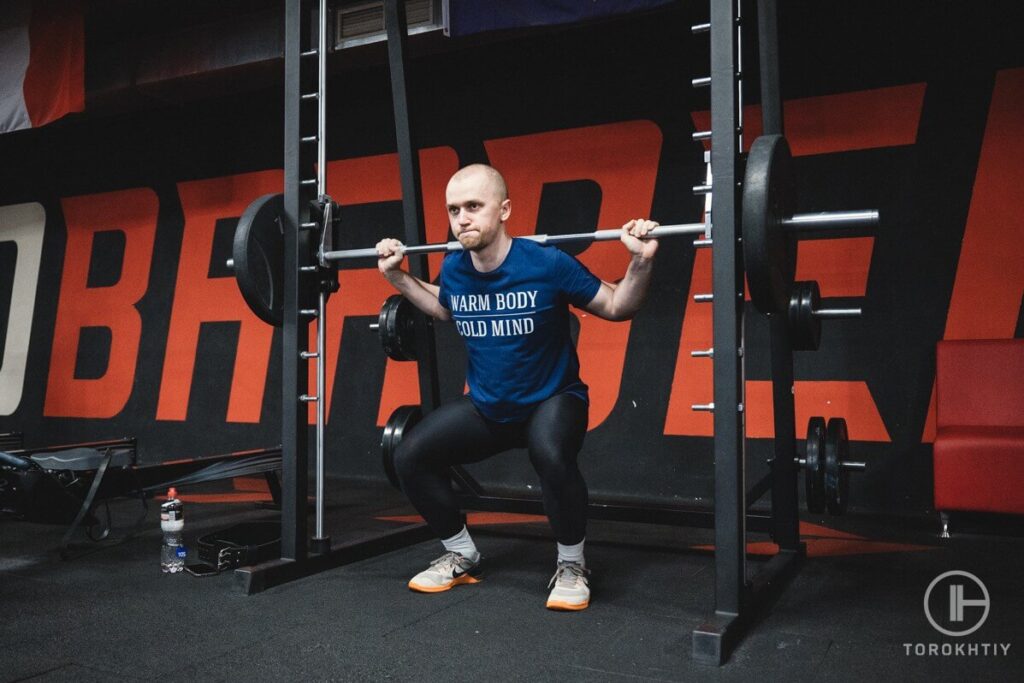
5. Improved Posture
One of the biggest benefits you will experience from the squat is strengthening in the lower extremities and core muscles. These muscles are pivotal to keeping an upright posture that ensures you don’t slouch. By performing squats, you will not only improve your leg strength, but things like your posture will see a massive improvement.
6. Better Athletic Performance
One of the biggest benefits of squats is the increase in athletic performance among those performing the exercise. A 2013 study on the effects of body-mass squat training in adolescent boys found that squats are highly effective for improving muscular strength and jump performance.
This should indicate that when added to a training regime of any athlete, the squat is an effective way of improving athletic performance.
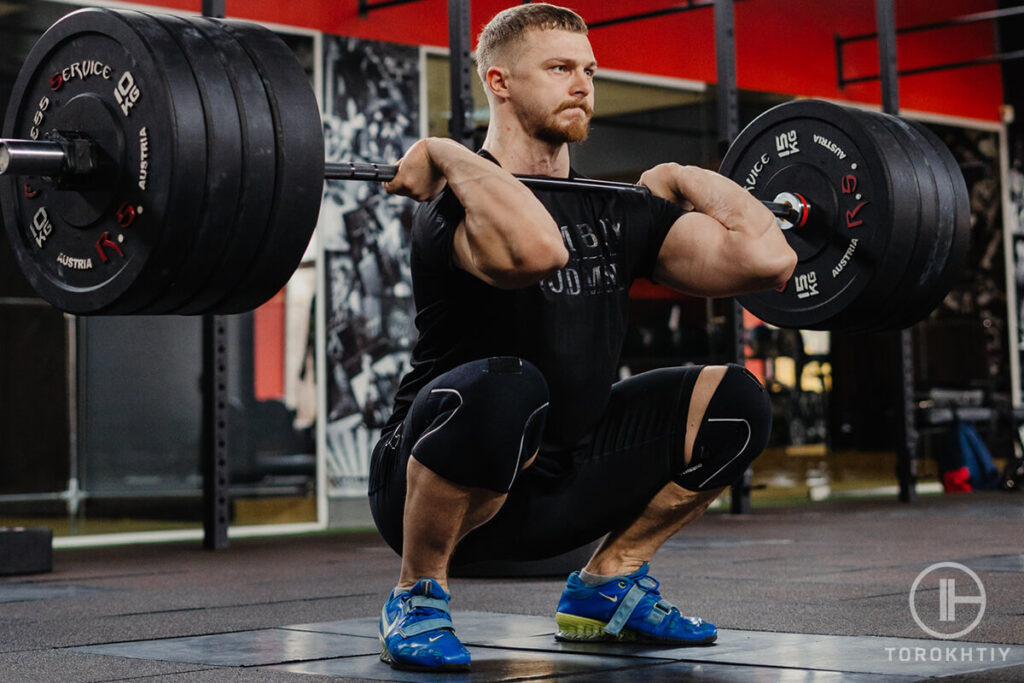
FAQ
Can You Lose Weight Doing Squats?
No matter which variation of the squat you perform, you will experience fat loss. The large muscles involved in a squat will require plenty of energy to recover and to grow. This will naturally speed up your metabolism.
A 2020 study by Gyuri Kim and Jae Hyeong Kim suggests that improving skeletal muscle mass can significantly improve your metabolism.
It is also worth mentioning that is topic has been studied by numerous scientists in the past 50 years. Results indicate a big correlation between muscle mass and increased metabolic rates.
Do Squats Shape Your Legs?
Knowing what muscles are used in a squat can help you determine the right variation to shape and tone your legs. Regularly performing squats has been shown to significantly improve body composition. Due to the fat loss benefits, toning legs is something you can definitely expect.
Who Should Avoid Squats?
If you are suffering from joint, knee, or back problems, you might want to skip the squat or at least perform a different variation. Many people wonder if do squats work back, and while it might not be a primary muscle, it does work as a supplementary muscle.
It is best to consult your doctor or a medical professional if you experience any pain when performing the squat.
Can Knees Go Over Toes During Squats?
One of the hardest things to master is a good squat technique. It involves the hips moving first and forcing the trainee to maintain a good center of gravity as they go lower. However, many trainers don’t recommend that your knees go over the toes.
Unfortunately, it is not something you can avoid, especially when performing the deep squat.
Can You Train Glutes With Squats?
As part of the squat target muscles, the glutes feature prominently. It is one of the primary muscles that is targeted during the exercise. Additionally, you will also be targeting the quadriceps muscles, but this will vary depending on the variation.
Being such a versatile exercise, there are numerous versions of the squat that target different muscles in the legs.
Conclusion
Knowing what muscles do squats work will help you determine how it can benefit you. However, adding it to your routine will lead to a multitude of benefits in terms of body composition and overall fat loss. However, they might not be for everyone and if you have a hard time, the variations in this article should be beneficial.
And now it is your turn to let us know in the comments which variation of the squat you prefer. We would also love to see how adding the squat to your workout has improved your training.
References:
- J Hum Kinet, Lower Extremity Strength and Range Of Motion In Relation To Squad Depth, Journal Of Human Kinetics, January 4, 2024
- Wei Wei, JingX Zhu, Shuang Ren, Yik-Kuen Jan, WuL Zhang, Ronghai Su, and Li He, Effects of Progressive Body-Weight Versus Barbel Back Squat Training On Strength, Hypertrophy, and Body Fat Among Sedentary Women, Scientific Reports, January 4, 2024
- Michal Wilk, Endocrine Response to High Intensity Barbell Squats Performed With Constant Tempo Movement And Variable Training Volume, Neuro Endocrine Letters, January 4, 2024
- Yohei Takai, Effects of Body Mass-Based Squat Training In Adolescent Boys, Journal Of Sports Science & Medicine, January 4, 2024
- Gyuri Kim and Jae Hyeon Kim, Impact Of Skeletal Muscle Mass On Metabolic Health, Endocrinology And Metabolism (Seoul, Korea), January 4, 2024
Why Trust Us?
With over 20 years in Olympic Weightlifting, our team does its best to provide the audience with ultimate support and meet the needs and requirements of advanced athletes and professional lifters, as well as people who strive to open new opportunities and develop their physical capabilities with us.
By trusting the recommendations of our certified experts in coaching, nutrition, dietology, and sports training programming, as well as scientific consultants, and physiotherapists, we provide you with thorough, well-considered, and scientifically proven content. All the information given in the articles concerning workout programming, separate exercises, and athletic performance, in general, is based on verified data. We ensure that you can rely on our professionals’ pieces of advice and recommendations that can be treated as personalized ones which will benefit you and fully meet your needs.
The product testing process is described in more detail here
Author: Sergii Putsov
Head of Sport Science, PhD
Best Results: Snatch – 165 kg,
C&J – 200 kg
Sergii Putsov, Ph.D., is a former professional weightlifter and National team member, achieving multiple medals in the 94 kg weight category at national competitions. With a Master’s degree in “Olympic & Professional Sport Training” and a Sport Science Ph.D. from the International Olympic Academy, Greece, Sergii now leads as the Head of Sport Science. He specializes in designing training programs, writing insightful blog articles, providing live commentary at international weightlifting events, and conducting educational seminars worldwide alongside Olympic weightlifting expert Oleksiy Torokhtiy.

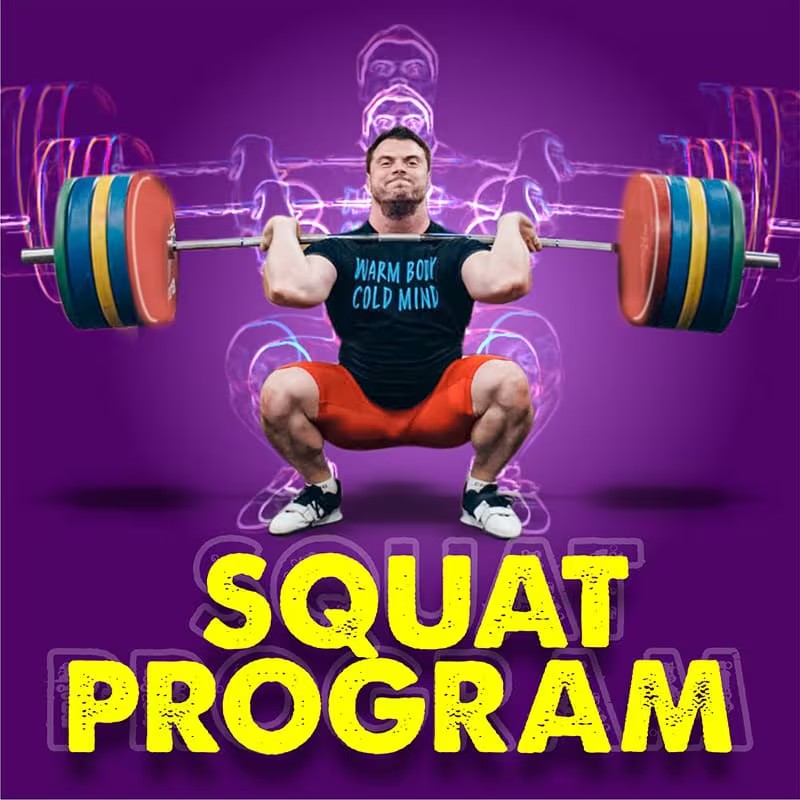

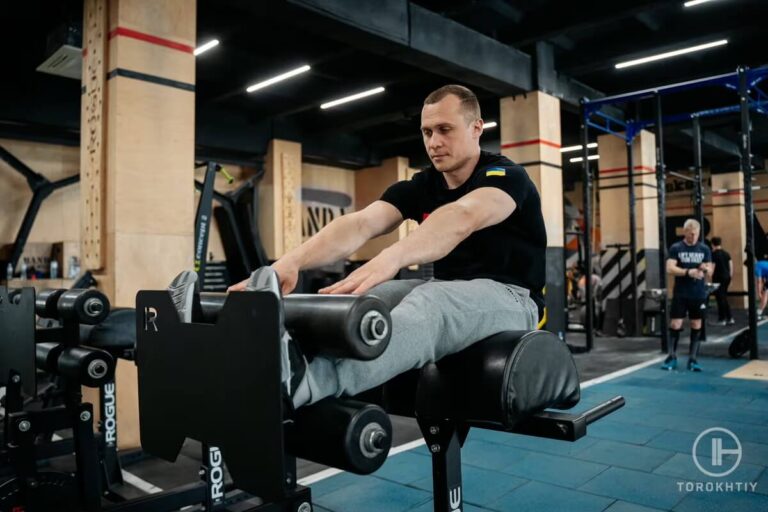
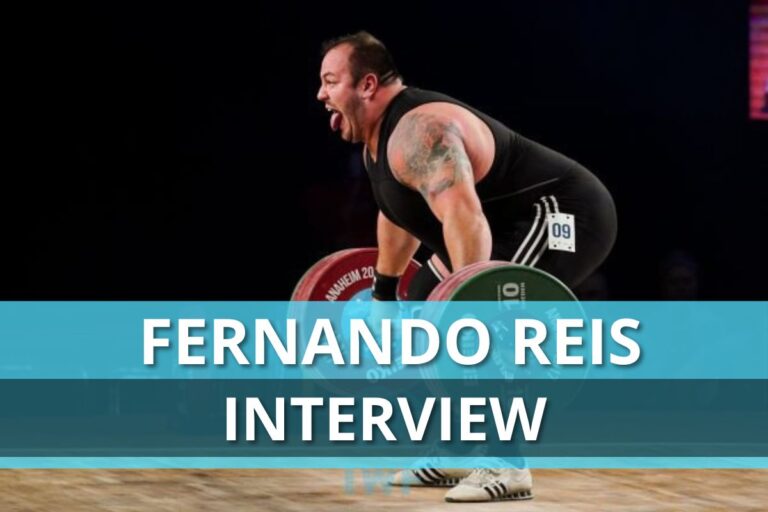
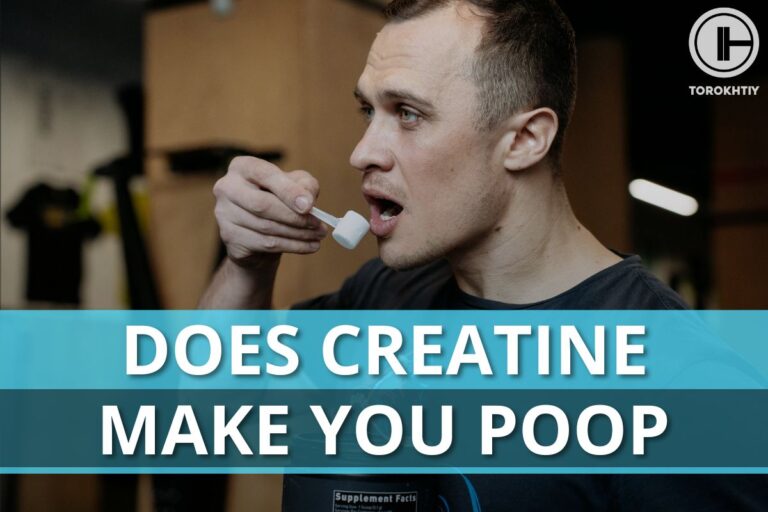
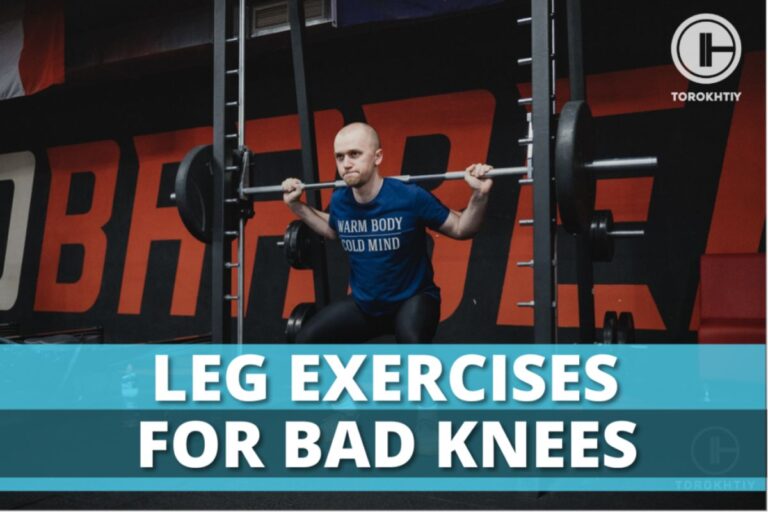
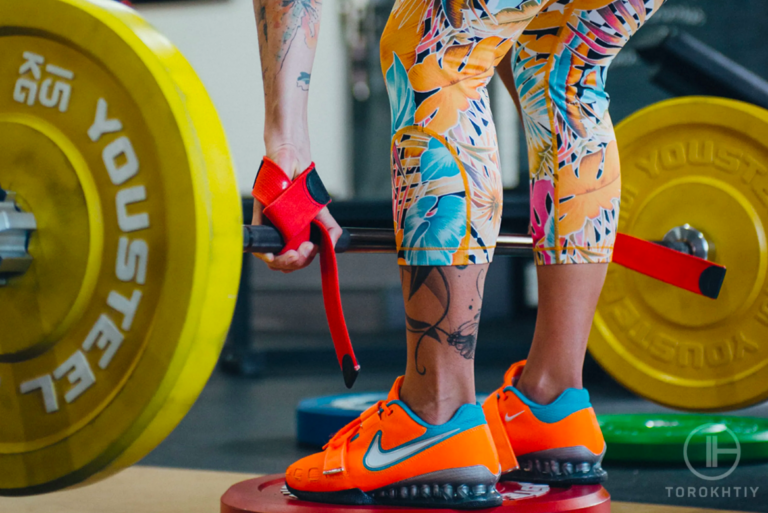
![How to Do the Splits in 30 Days With Minimal Effort! [Tips from Cirque du Soleil artist]](https://torokhtiy.com/wp-content/uploads/2023/11/image-231-768x512.jpeg)